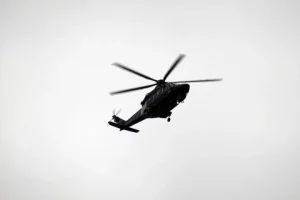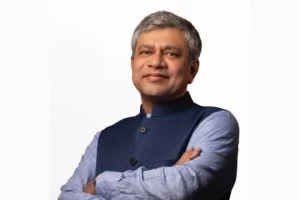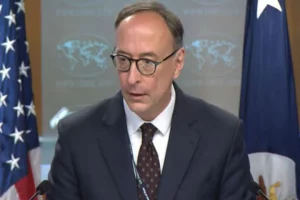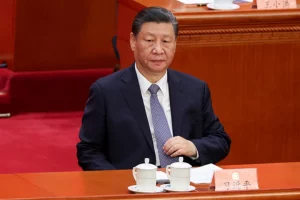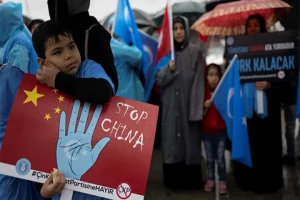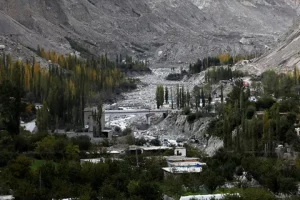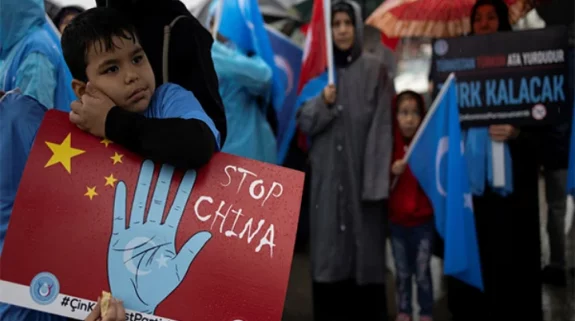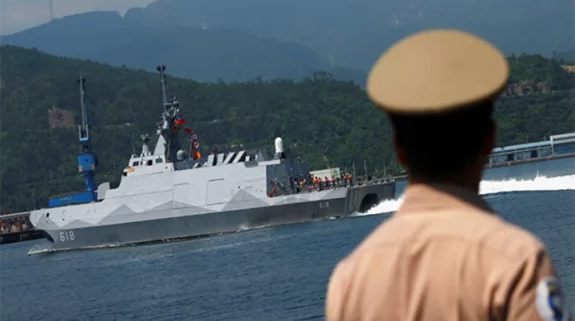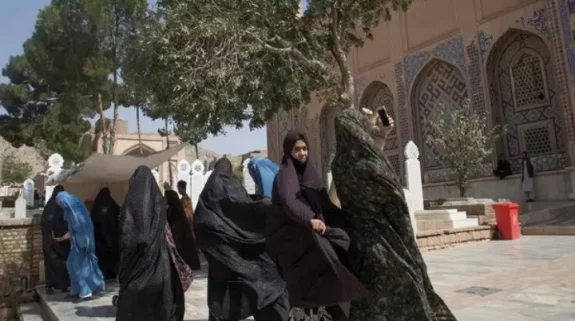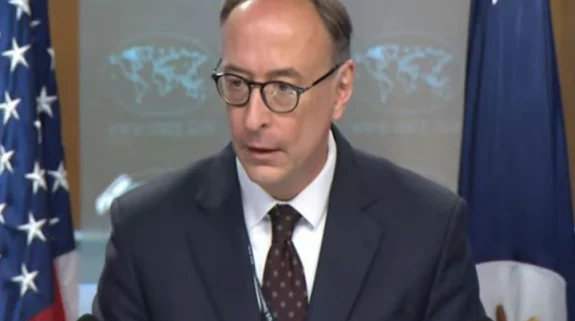Defence Minister Rajnath Singh has made clear the Indian government's stand on the Chinese aggression along with a historical perspective, before the parliament and the country. His two statements before the Parliament on Tuesday and today are significant in allaying concerns of the people and questions by political parties about the serious situation on the border.
With the government's unequivocal stand on the border situation, Singh has also been able to drive a consensus among political parties besides putting to rest speculation about the real situation on the border. With numerous reports and analysis over the skirmishes and confrontations by reporters, commentators, retired defence personnel and questions raised by different hues of politicians, the defence minister's comprehensive statements before the parliament have put to rest many conspiracy and speculative theories.
On Thursday, Singh reiterated before the Rajya Sabha what he had told the Lok Sabha just two days back – that no one can stop the Indian Army from patrolling the border areas. He also assured the Members of the Upper House that Indian soldiers on the Ladakh border have been provided with adequate weapons besides special clothes and tents to overcome the hostile weather conditions and the enemy.
<img class="wp-image-4456 " src="https://indianarrative.com/wp-content/uploads/2020/07/ModiLadakh.jpg" alt="" width="862" height="533" /> Prime Minister Narendra Modi on the Ladakh boder (PIB/IANS)Singh told the Rajya Sabha today that China is not moving back its troops and weapons from the border as it does not respect the bilateral border agreements. He said that the violation of the 1993 and 1996 agreements by the PLA has caused face-offs and frictions on a regular basis on the border.
Highlighting the hostile intentions of the Chinese, Singh added that there is a mismatch between what China says and what China does. "<em>Unki kathani aur karni alag hai</em>," he said, adding: "I would like to assure Parliament that India will not step back from taking any harsh decision and that our forces are in a better position to retaliate,” stressing on the fact that even while talking, China has been building its force strength as well as weapons and machines not just on the border but also in depth areas.
Giving a chronological narrative of the tension along the border since April 2010, Singh said that India had noticed a build-up of Chinese troops and armaments in April in areas near eastern Ladakh.
In May, the Chinese began causing hinderance to the traditional patrolling pattern of Indian troops in the Galwan Valley which led to a face-off. Even as this was being addressed by the ground commanders guided by bilateral agreements the Chinese again made attempts in mid-May to transgress the LAC in other parts of the western sector. These areas included Kongka La, Gogra and North Bank of Pangong Lake.
Singh told the Rajya Sabha that on June 6, to ease the tensions, senior commanders agreed on a process of reciprocal disengagement and to abide by the Line of Actual Control (LAC).
However, the Chinese initiated a violent face-off on June 15 at Galwan Valley in which 20 Indian soldiers were killed. "Our brave soldiers laid down their lives and also inflicted costs including casualties on the Chinese side," the Defence Minister told the Rajya Sabha.
<img class="wp-image-8340 " src="https://indianarrative.com/wp-content/uploads/2020/08/Rajnath-Singh-In-Leh.jpg" alt="" width="859" height="645" /> Defence Minister Rajnath Singh in Leh (File photo: IANS)Focusing upon the soldiers and giving his statement an emotional quotient, Singh said: "The spirits of our soldiers are high. They are capable of serving at forbidding altitudes with scarce oxygen and in extremely cold temperatures, something that they have effortlessly done over the last many years on Siachen, and Kargil.”
He added: “You are aware that our Hon'ble Prime Minister Shri Narendra Modi ji had visited Ladakh and met our brave soldiers to convey the message of solidarity of the nation behind their every action. I too have spent some time with our soldiers in Ladakh and I want to tell you that I have felt their indomitable courage, gallant and valor.”
One of the most important issues that has been bothering the people and was being raised repeatedly by the opposition was addressed by Singh when he reiterated that China continues to be in illegal possession of 38,000 sq kms in the Union Territory of Ladakh and still eyes 90,000 sq kms of Indian territory. This was also to provide a historical perspective that the Chinese occupation that has been happening over decades in bits and pieces.
Singh added: “In addition, under the so-called Sino-Pakistan 'Boundary Agreement' of 1963, Pakistan illegally ceded 5,180 sq km of Indian territory in Pakistan Occupied Kashmir to China. China also claims approximately 90,000 sq kms of Indian territory in the Eastern Sector of the India-China boundary in Arunachal Pradesh.”
The Defence Minister’s statements before the Parliament were not just to assure the country but also to build consensus in a nation that has been deeply divided over political and ideological lines and had been doubting the government’s steps and sincerity over tackling the Chinese aggression.
Equally important was the fact that the minister spoke about India's pro-active military response and those tense moments when the soldiers pushed back the Chinese during the latest August and September provocations.
Many MPs expressed solidarity with the armed forces and assured the government that the nation remains united. In fact, Congress MP Anand Sharma said: "We are all united in this.".






